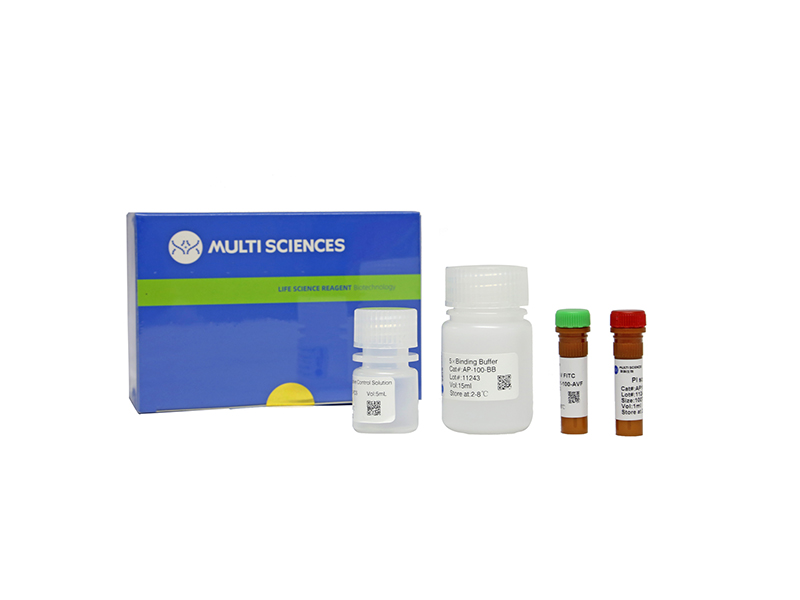About 50-70% of breast cancers are estrogen receptor α (ERα) positive and most of them are sensitive to endocrine therapy including tamoxifen. However, one third of these patients will eventually develop resistance and relapse. We found that the expression of miR-15a and miR-16 were significantly decreased in tamoxifen resistant ER positive breast cancer cell lines. Exogenous expression of miR-15a/16 mimics re-sensitized resistant cells to tamoxifen by inhibiting Cyclin E1 and B cell lymphoma-2 (Bcl-2) to induce cell growth arrest and apoptosis respectively. Further, we identified that a repressive member of E2F family, E2F7, was responsible for the suppression of miR-15a/16 cluster by competing with E2F1 for E2F binding site at the promoter of their host gene DLEU2. Moreover, high expression of E2F7 is correlated with high risk of relapse and poor prognosis in breast cancer patients receiving tamoxifen treatment. Together, our results suggest that overexpression of E2F7 represses miR-15a/16 and then increases Cyclin E1 and Bcl-2 that result in tamoxifen resistance. E2F7 may be a valuable prognostic marker and a therapeutic target of tamoxifen resistance in breast cancer.
文章引用产品
-
-
- AP101
- 凋亡试剂盒
Annexin V-FITC/PI Apoptosis Kit(适用于除C6以外的流式细胞仪)
-
¥630.00 – ¥1,280.00
-
- AP101
- 凋亡试剂盒
Annexin V-FITC/PI Apoptosis Kit(适用于除C6以外的流式细胞仪)
- ¥630.00 – ¥1,280.00



